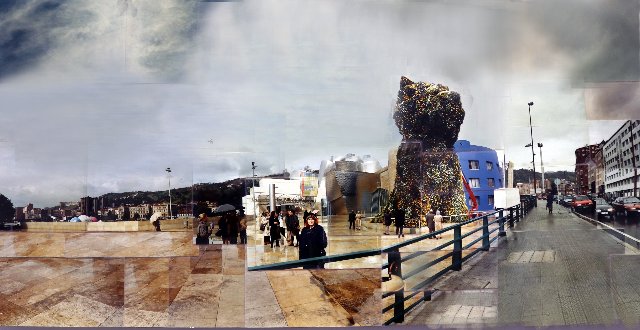Jeff Koons Kills Brooklyn Rail Article
Chilling Impact on Arts Criticism
By: Charles Giuliano - Dec 17, 2023
It started with the revelation that former Rolling Stone publisher, Jann Wenner, allowed celebrities the opportunity to edit interviews he conducted with them. That had the industry wide impact of allowing celebrities the power to censor what is said about them.
Unfortunately, at one time or other anyone who covers the arts has felt that pressure.
The Cars censored an article I wrote for a rock magazine. Alan Shestack, then director of the
Occasionally, I get requests to see pieces prior to publication. The general answer is no. But there are exceptions of individuals I have collaborated with over a number of years.
When a major artist made that demand I turned down the interview.
That’s what the prestigious on line publication, Brooklyn Rail, should have done with the artist Jeff Koons.
As the New York Times reported on December 17, “When (Romy) Golan arrived at Koons’s 10th Avenue studio in New York last winter for her interview, she said she was asked to sign a filming release giving the artist the right to 'view and approve any footage, still images and/or promotional material that are proposed for use.' Golan had no plans to film her interview or take photographs but signed the release. After Golan sent her essay and a copy of the signed release to the Rail, Schultz told her to share her story with the Koons studio. Later, Schultz wrote to the studio himself to ask whether the essay was 'acceptable to the artist,' according to email exchanges provided by Golan to The New York Times.
“It was not. Koons’s studio, citing ‘Jeff’s concerns,’ responded that Golan had misrepresented his sculpture as 'a symbol of violence,' and asked that her essay not be published 'because of its defamation to Jeff.'
“At that point, according to Golan, the Rail’s publisher and artistic director, Phong Bui, suggested turning her 2,000-word article into a short introduction to essays by other writers exploring historical images in political art.”
When Golan arrived for the interview it is arguable whether she was meeting with an individual artist or the CEO of a corporation. For decades Koons has presided over a studio which fabricates his concepts. The artist is notable for a conceptual, hands off approach to overseeing a kitsch- based production. This allows the artist to release a high volume of work at optimal prices. The practice is similar to that of the British artist Damien Hirst.
There is nothing new about this as the great Renaissance and Baroque artists maintained large studios and a staff of assistants. Art historians research and debate just how much is by the hand of the artist in works and projects by Peter Paul Rubens or
Referring to Koons, she wrote in an email, ‘It does seem ironic that someone who makes his living engaging in creative work that is protected not only under the First Amendment, but also international norms of free expression, would appear to attempt to stifle legitimate critical analysis of that work.’ “
While Koons was successful in killing this story it leaves a dent in his armor. The work will continue to sell but his integrity is now more in question than ever.
And what of that of
Maintaining a wall between sales and editorial has long been a myth for major art magazines. There is little actual criticism in features and reviews. The primary function of these magazines is to fan the flames of the art market. That's why blogs like Brooklyn Rail have emerged to speak truth to power. Which is why the Koons controversy is so significant.

